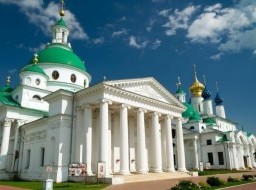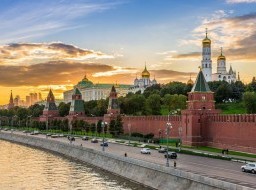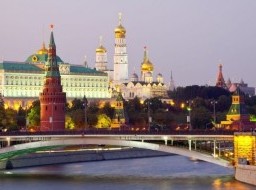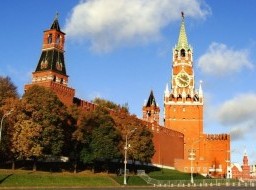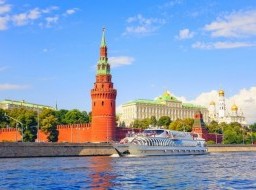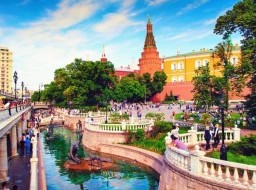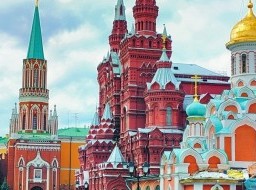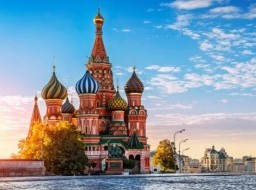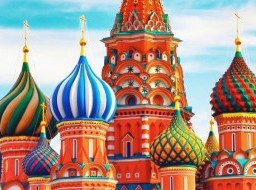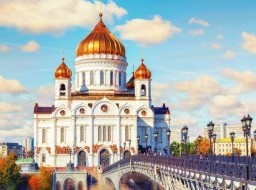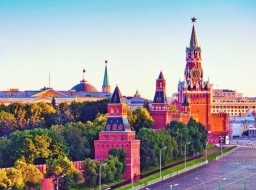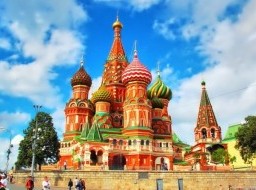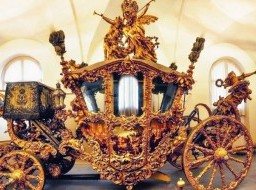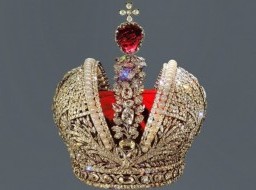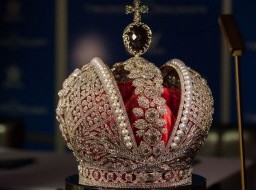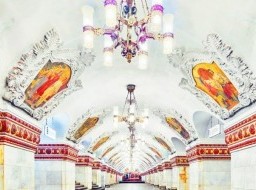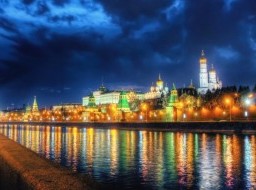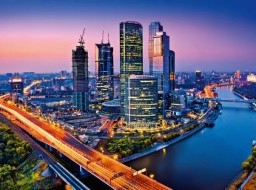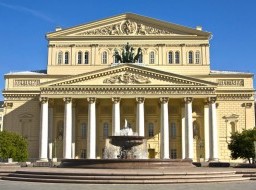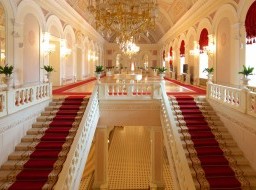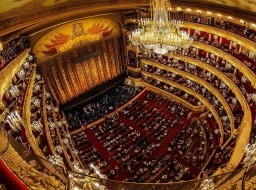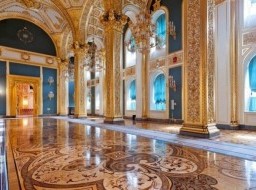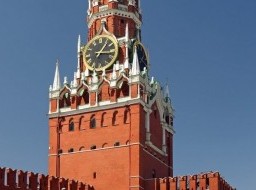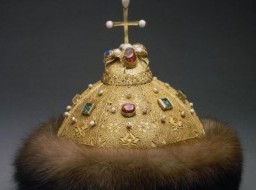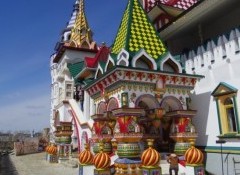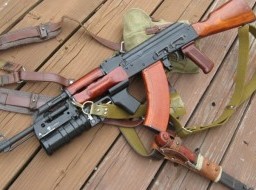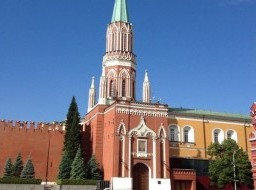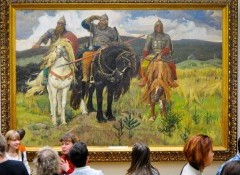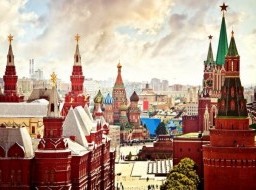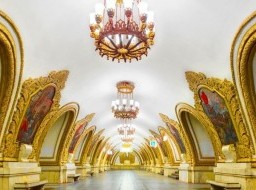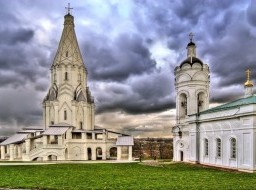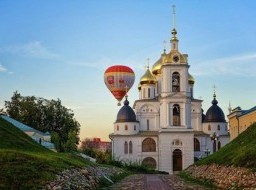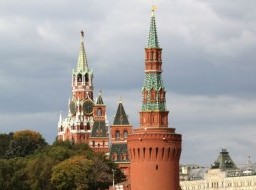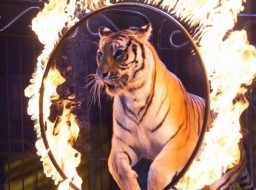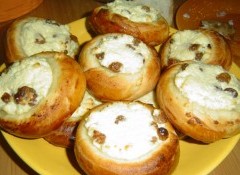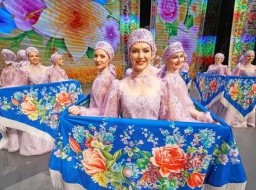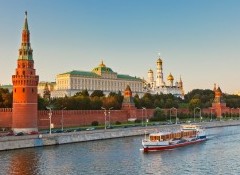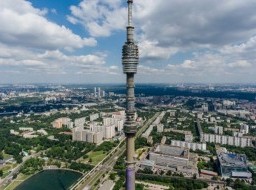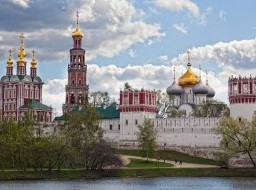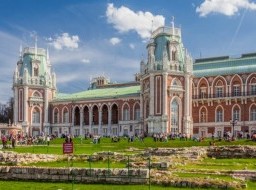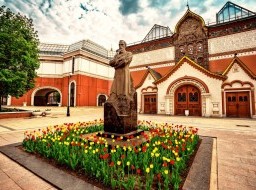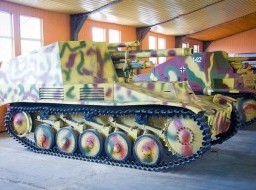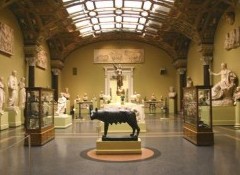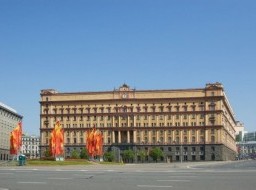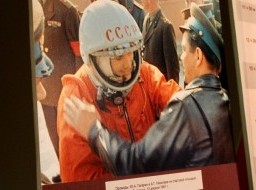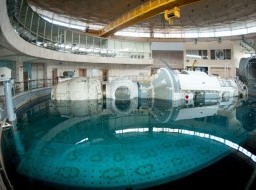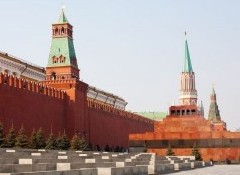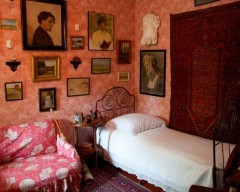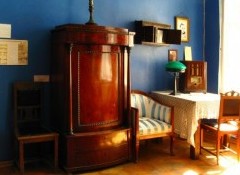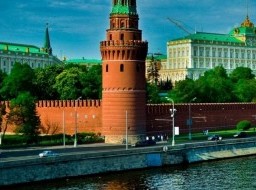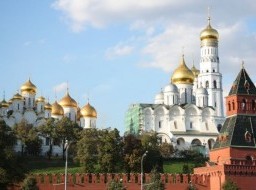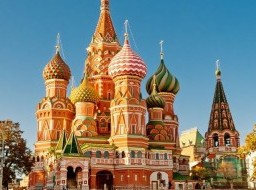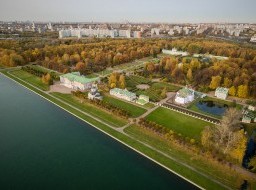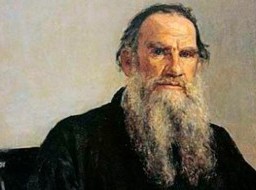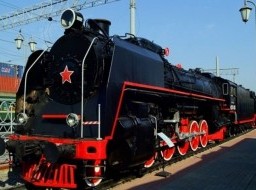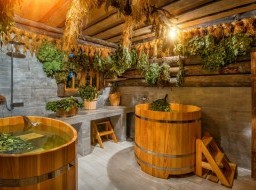Back in the 1990s the empty Bulgakov flat was a hang-out for dissidents and hooligans, who painted graffiti and wrote poetry on the walls. Nowadays, this tradition continues and you can add your own contribution to the historic scrawlings. Inside the flat, you'll find some of the author's personal items, as well as posters and illustrations of his works.
Before the revolution in 1917, this house built for well-off citizens in the Art Nouveau style used to house a dormitory for students of the Higher Women’s Courses. When the Bolsheviks members of a wing of the Russian Social-Democratic Workers’ Party, which, led by Lenin, seized control of the government in Russia (October 1917) and became the dominant political power came to power, the flats were involuntarily “stuffed” with all sorts of people. The writer’s family lived in one of its rooms from the autumn of 1921.
The museum founders tried to recreate the atmosphere of Bulgakov’s life during that period – a time of poverty and obscurity as well as of expectations and his first literary successes. This flat has preserved its initial layout of the 1920s. It comprises a corridor, the White Hall, a kitchen, Bulgakov’s room, the living room, the Blue study and a space for temporary exhibitions. On display in the “Sinister Flat” are items which belonged to Bulgakov’s family, including manuscripts and photos. Similarly to most other museums, exhibits can only be fully understood when accompanied by a Bulgakov historian or museum employee’s account of events. You can get these explanations during a themed tour of the flat or on one of the night walks. The Bulgakov museum follows current cultural trends and organises interactive exhibitions so that its visitors can experience the communal flat lifestyle of the beginning of the previous century at their own pace. This exhibition is called ‘The Shadows‘.
Before the revolution in 1917, this house built for well-off citizens in the Art Nouveau style used to house a dormitory for students of the Higher Women’s CoursesRussian: Vysshie zhenskie kursy or Высшие женские курсы. When the Bolsheviksmembers of a wing of the Russian Social-Democratic Workers’ Party, which, led by Lenin, seized control of the government in Russia (October 1917) and became the dominant political power [1] came to power, the flats were involuntarily “stuffed” with all sorts of people. The writer’s family lived in one of its rooms from the autumn of 1921. Its sinister image is captured in many of Bulgakov’s works (“Zoyka’s ApartmentRussian: Zoykina kvartira or Зойкина квартира”, “PsalmRussian: Psalom or Псалом”, “Moonshine LakeRussian: Samogonnoe ozero or Самогонное озеро”, “#13 – House Elpit-RabkommunaRussian: №13 – dom Elpit-Rabkommuna or №13 – дом Эльпит-Рабкоммуна”).
According to the plot of the famous novel “Master and MargaritaRussian: Мастер и Маргарита” it was here, in entrance hall 6 on the top floor, that Voland and his party decided to stay when they arrived in Moscow. A real Annushka, whose spilled milk triggered the plot of the whole novel, lived in the same house, just one floor below.
 The museum founders tried to recreate the atmosphere of Bulgakov’s life during that period – a time of poverty and obscurity as well as of expectations and his first literary successes. This flat has preserved its initial layout of the 1920s. It comprises a corridor, the White HallRussian: Belyi zal or Белый зал, a kitchen, Bulgakov’s room, the living room, the Blue studyRussian: Siniy kabinet or Синий кабинет and a space for temporary exhibitions. On display in the “Sinister FlatRussian: Nekhoroshaya kvartira or Нехорошая квартира” are items which belonged to Bulgakov’s family, including manuscripts and photos. Similarly to most other museums, exhibits can only be fully understood when accompanied by a Bulgakov historian or museum employee’s account of events. You can get these explanations during a themed tour of the flat or on one of the night walks. The Bulgakov museum follows current cultural trends and organises interactive exhibitions so that its visitors can experience the communal flat lifestyle of the beginning of the previous century at their own pace. This exhibition is called ‘The ShadowsRussian: Teni or Тени‘.Before the revolution in 1917, this house built for well-off citizens in the Art Nouveau style used to house a dormitory for students of the Higher Women’s Courses
The museum founders tried to recreate the atmosphere of Bulgakov’s life during that period – a time of poverty and obscurity as well as of expectations and his first literary successes. This flat has preserved its initial layout of the 1920s. It comprises a corridor, the White HallRussian: Belyi zal or Белый зал, a kitchen, Bulgakov’s room, the living room, the Blue studyRussian: Siniy kabinet or Синий кабинет and a space for temporary exhibitions. On display in the “Sinister FlatRussian: Nekhoroshaya kvartira or Нехорошая квартира” are items which belonged to Bulgakov’s family, including manuscripts and photos. Similarly to most other museums, exhibits can only be fully understood when accompanied by a Bulgakov historian or museum employee’s account of events. You can get these explanations during a themed tour of the flat or on one of the night walks. The Bulgakov museum follows current cultural trends and organises interactive exhibitions so that its visitors can experience the communal flat lifestyle of the beginning of the previous century at their own pace. This exhibition is called ‘The ShadowsRussian: Teni or Тени‘.Before the revolution in 1917, this house built for well-off citizens in the Art Nouveau style used to house a dormitory for students of the Higher Women’s Courses
Russian: Vysshie zhenskie kursy or Высшие женские курсы
. When the Bolsheviks
members of a wing of the Russian Social-Democratic Workers’ Party, which, led by Lenin, seized control of the government in Russia (October 1917) and became the dominant political power
[1] came to power, the flats were involuntarily “stuffed” with all sorts of people. The writer’s family lived in one of its rooms from the autumn of 1921. Its sinister image is captured in many of Bulgakov’s works (“Zoyka’s Apartment
Russian: Zoykina kvartira or Зойкина квартира
”, “Psalm
Russian: Psalom or Псалом
”, “Moonshine Lake
Russian: Samogonnoe ozero or Самогонное озеро
”, “#13 – House Elpit-Rabkommuna
Russian: №13 – dom Elpit-Rabkommuna or №13 – дом Эльпит-Рабкоммуна
”).
According to the plot of the famous novel “Master and Margarita
Russian: Мастер и Маргарита
” it was here, in entrance hall 6 on the top floor, that Voland and his party decided to stay when they arrived in Moscow. A real Annushka, whose spilled milk triggered the plot of the whole novel, lived in the same house, just one floor below.
Коммунальная кухняThe museum founders tried to recreate the atmosphere of Bulgakov’s life during that period – a time of poverty and obscurity as well as of expectations and his first literary successes. This flat has preserved its initial layout of the 1920s. It comprises a corridor, the White Hall
Russian: Belyi zal or Белый зал
, a kitchen, Bulgakov’s room, the living room, the Blue study
Russian: Siniy kabinet or Синий кабинет
and a space for temporary exhibitions. On display in the “Sinister Flat
Russian: Nekhoroshaya kvartira or Нехорошая квартира
” are items which belonged to Bulgakov’s family, including manuscripts and photos. Similarly to most other museums, exhibits can only be fully understood when accompanied by a Bulgakov historian or museum employee’s account of events. You can get these explanations during a themed tour of the flat or on one of the night walks. The Bulgakov museum follows current cultural trends and organises interactive exhibitions so that its visitors can experience the communal flat lifestyle of the beginning of the previous century at their own pace. This exhibition is called ‘The Shadows
Russian: Teni or Тени
‘.


